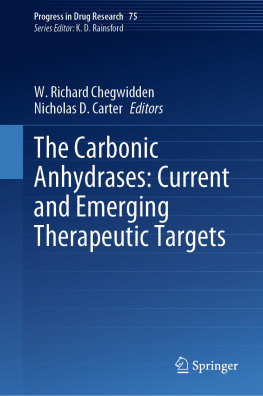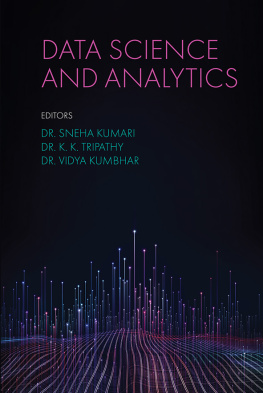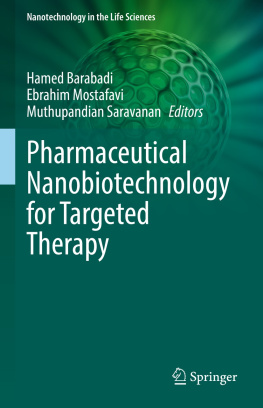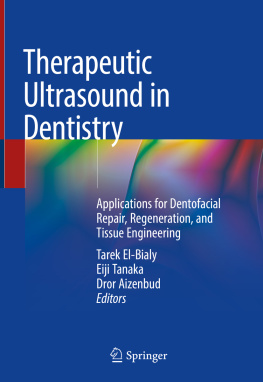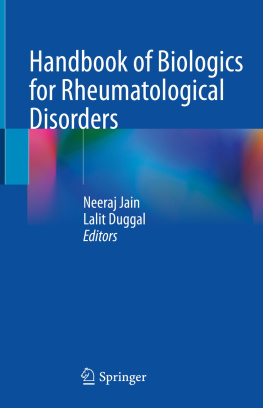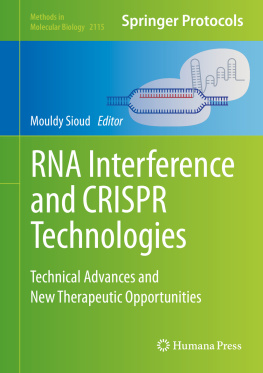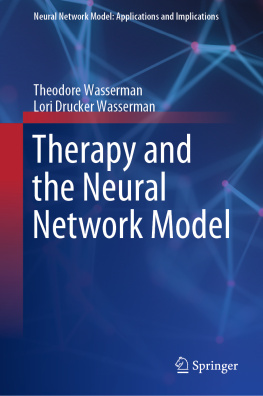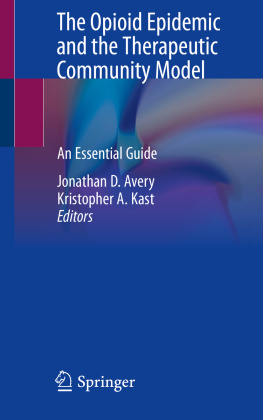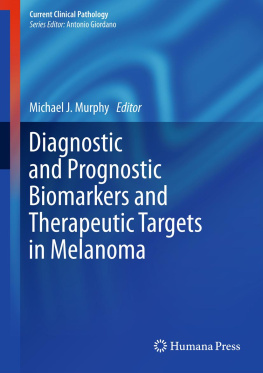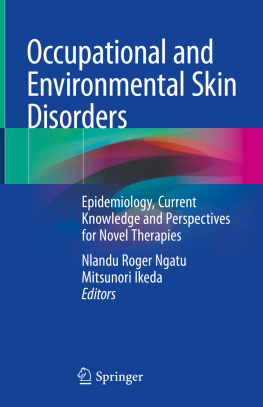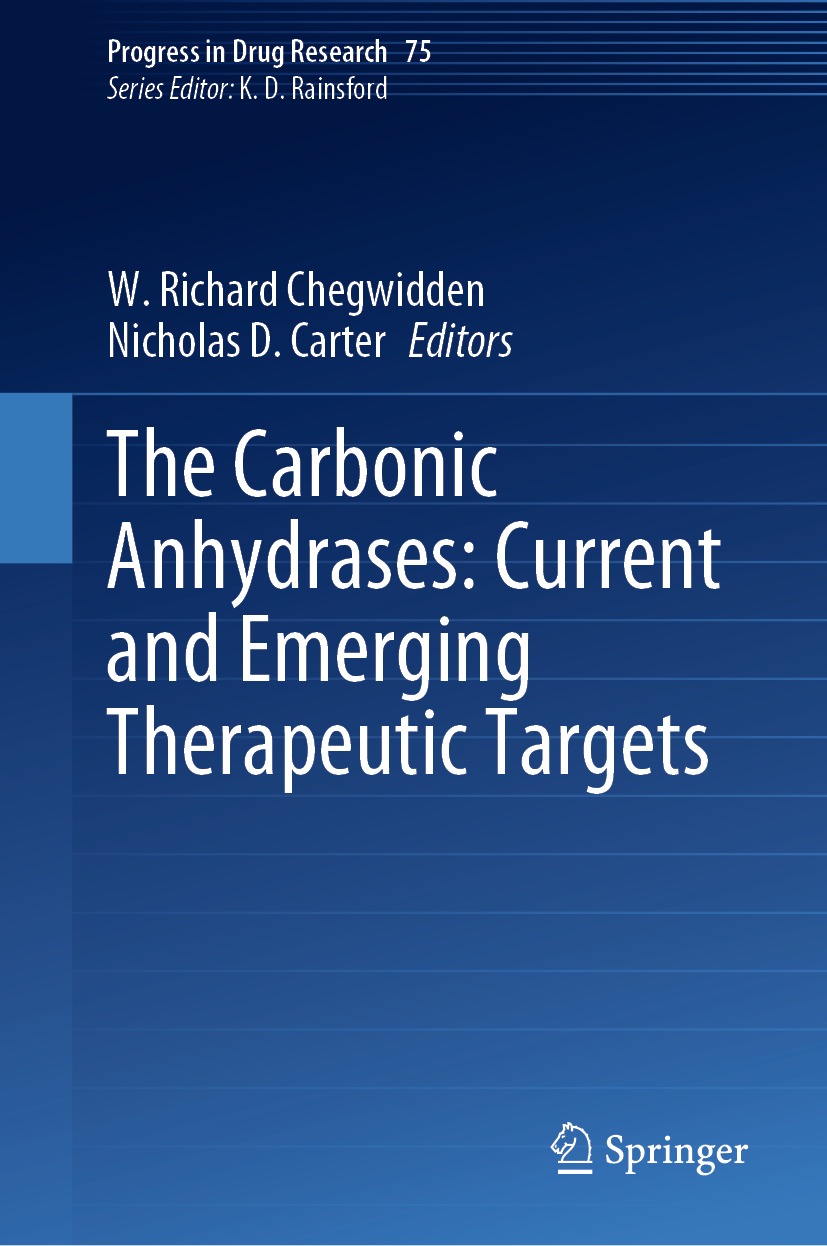Volume 75
Progress in Drug Research
Series Editor
K.D. Rainsford
Sheffield Hallam University, Sheffield, UK
Progress in Drug Research is a prestigious book series which provides extensive expert-written reviews on highly topical areas in current pharmaceutical and pharmacological research.
Founded in 1959 by Ernst Jucker, the series moved from its initial focus on medicinal chemistry to a much wider scope. Today it encompasses all fields concerned with the development of new therapeutic drugs and the elucidation of their mechanisms of action, reflecting the increasingly complex nature of modern drug research. Invited authors present their biological, chemical, biochemical, physiological, immunological, pharmaceutical, toxicological, pharmacological and clinical expertise in carefully written reviews and provide the newcomer and the specialist alike with an up-to-date list of prime references.
Starting with volume 61, Progress in Drug Research is continued as a series of monographs and contributed volumes.
More information about this series at http://www.springer.com/series/4857
Editors
W. Richard Chegwidden and Nicholas D. Carter
The Carbonic Anhydrases: Current and Emerging Therapeutic Targets
1st ed. 2021

Logo of the publisher
Editors
W. Richard Chegwidden
LECOM, Erie, PA, USA
Nicholas D. Carter
St. Georges, University of London, London, UK
ISSN 0071-786X e-ISSN 2297-4555
Progress in Drug Research
ISBN 978-3-030-79510-8 e-ISBN 978-3-030-79511-5
https://doi.org/10.1007/978-3-030-79511-5
Springer Nature Switzerland AG 2021
This work is subject to copyright. All rights are reserved by the Publisher, whether the whole or part of the material is concerned, specifically the rights of translation, reprinting, reuse of illustrations, recitation, broadcasting, reproduction on microfilms or in any other physical way, and transmission or information storage and retrieval, electronic adaptation, computer software, or by similar or dissimilar methodology now known or hereafter developed.
The use of general descriptive names, registered names, trademarks, service marks, etc. in this publication does not imply, even in the absence of a specific statement, that such names are exempt from the relevant protective laws and regulations and therefore free for general use.
The publisher, the authors and the editors are safe to assume that the advice and information in this book are believed to be true and accurate at the date of publication. Neither the publisher nor the authors or the editors give a warranty, expressed or implied, with respect to the material contained herein or for any errors or omissions that may have been made. The publisher remains neutral with regard to jurisdictional claims in published maps and institutional affiliations.
This Springer imprint is published by the registered company Springer Nature Switzerland AG
The registered company address is: Gewerbestrasse 11, 6330 Cham, Switzerland
Preface
Carbonic anhydrase (CA; EC 4.2.1.1) is seemingly ubiquitous in its expression in various forms throughout nature, since the reaction that it catalyzesthe reversible hydration of CO2 to bicarbonate and a protonlies at the heart of a wide range of vital physiological processes. Consequently, the existing and potential therapeutic applications of targeting CA cover a plethora of diseases and disorders, and have generated extensive and increasing interest in recent years.
The primary purpose of this book is to assemble and integrate the wealth of diverse information that is accumulating in this burgeoning field. Its inter-disciplinary approach embraces both the up-to-date application of CA-targeting, and the latest research data that provide a platform for the development of novel applications.
The interested audience comprises scientists and physicians alike. The scientists include not only researchers specifically studying the carbonic anhydrases, but also those in areas of science and medicine to which carbonic anhydrase is relevant. They also include pharmacologists, pharmacists and chemists involved in drug action, design, and production. The physician audience includes all those in the many clinical disciplines in which the targeting of carbonic anhydrase isozymes is, or may become, clinically relevant. Such areas include, among others, nephrology, neurology, oncology, ophthalmology, pulmonology, urology, and vascular medicine.
Chapter integrates text with a tabular format to provide an easily accessible reference guide to the properties and roles of the various human CA isozymes, and the disorders and diseases currently and potentially addressed by their therapeutic targeting. This sets the scene for a series of chapters on more specialist clinically-related topics, written by an expert team of distinguished scientists and physicians who have made signal contributions to the carbonic anhydrase field. Since much attention has been given in recent years to the association of carbonic anhydrase isozymes with cancer, several chapters are focused on various aspects of this topic. Other chapters feature the roles of carbonic anhydrase, and potential of modulating its activity, in an impressively broad range of pathological conditions.
We wish to thank all the authors and co-authors for their excellent contributions to this volume, and the patient staff at Springer Nature for their assistance. We also wish to thank the series editor, Prof. K. D. Rainsford, for his steadfast support.
W. Richard Chegwidden
Erie, USA
My co-editor, Professor Nick Carter, died on 27th March, 2021, before the publication of this volume. A splendid friend for more than 30 years, and a great scientist, he will be much missed by many.
W. Richard Chegwidden
Dedication to Richard Tashian
Richard E. Tashian
19222020
Richard Tashian made an immense contribution to our knowledge and understanding of the carbonic anhydrases across a broad front, from his earlier work on the protein structures and activities of carbonic anhydrase isozymes to his later studies on the structure, organization, expression and evolution of the genes encoding them. Over the years, his laboratory touched on most facets of carbonic anhydrase research in a long series of distinguished endeavours.
From his earliest schooldays in Rhode Island, Richard Tashians declared ambition was to become a scientist, and his tolerant parents soon found their basement taken over as a chemistry laboratory and a museum of biological specimens.
Richard Tashian graduated from the University of Rhode Island in 1947 and received his Ph.D. in Zoology from Purdue University in 1951. His undergraduate education was interrupted during World War II, when he enlisted in the Air Force. Posted in England as a meteorologist, he learned that, by definition, a shower lasted no longer than twenty minutes, a cameo of meteorological trivia that served him well for more than 70 years! Clearly anyone who would attempt to forecast the weather in England would be game for anything, and after Purdue, the young Tashian entered his intrepid explorer phase, undertaking ecological studies in tropical rain forests of Central America and the Caribbean. In his later years, much to his delight, his work of that period was often still cited in books on tropical birds.

